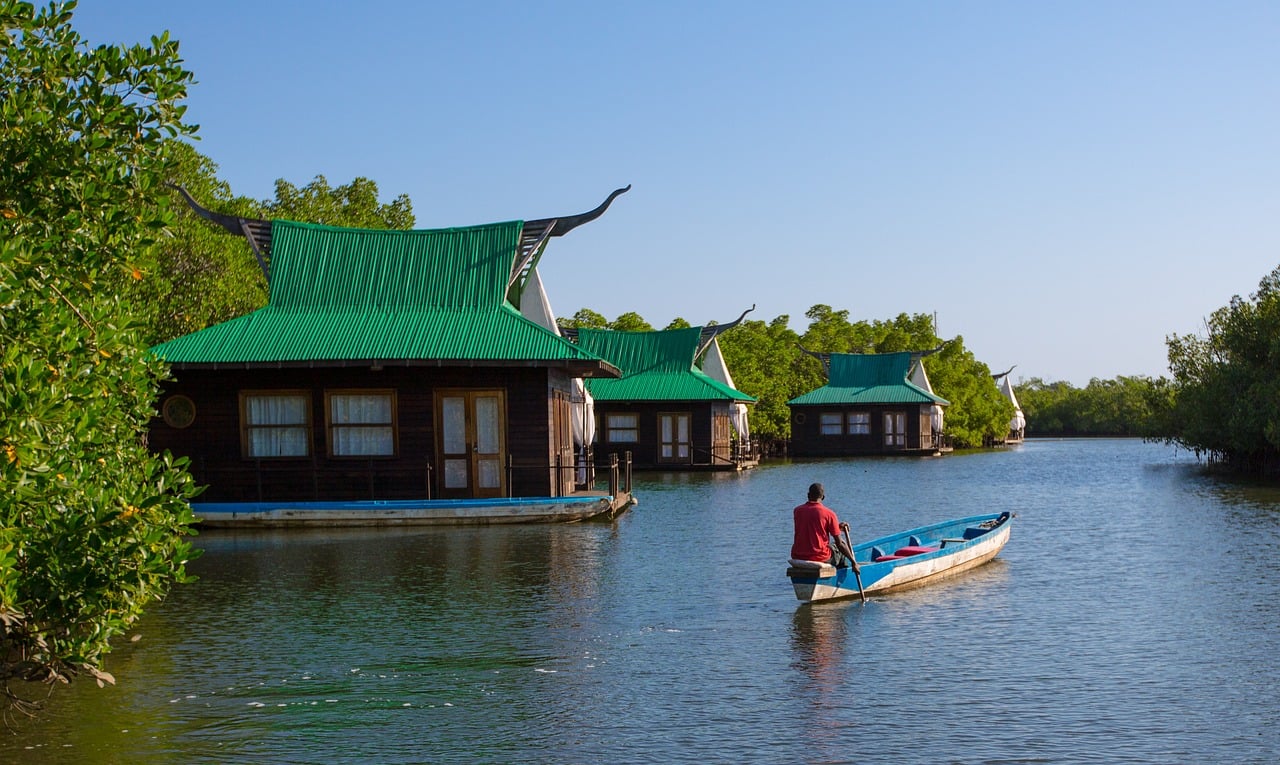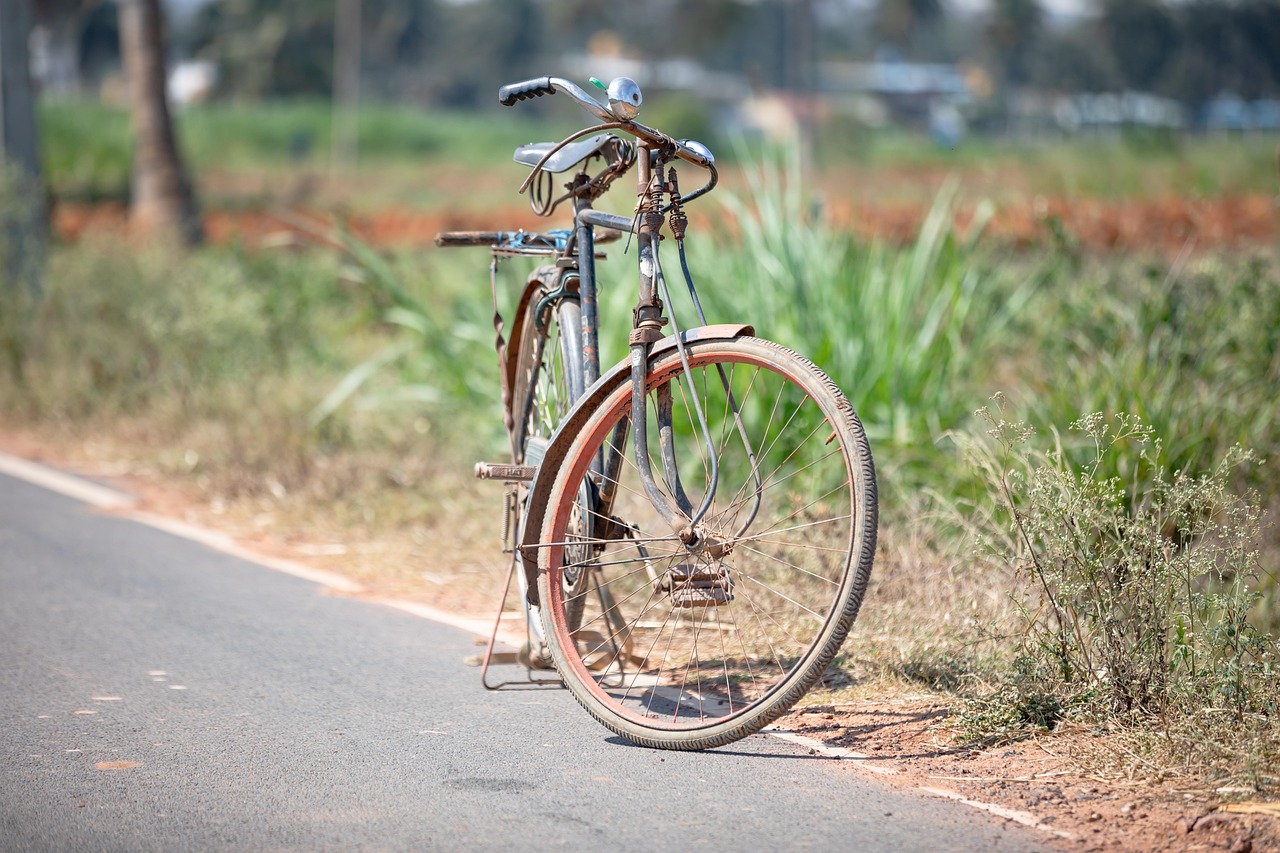Sustainable Adventure Travel: Hiking, Kayaking, Diving
Sustainable travel insights and guidance
Adventure travel doesn't have to come at the cost of environmental destruction. Sustainable adventure travel combines thrilling outdoor activities with environmental protection, community support, and conservation efforts. From mountain hiking to ocean diving, these adventures prove that excitement and environmental responsibility can go hand in hand.
 Eco Adventure
Eco Adventure🏔️ The Principles of Sustainable Adventure Travel
Sustainable adventure travel prioritizes environmental protection, community benefits, and conservation efforts. It involves choosing eco-friendly gear, supporting local guides, minimizing environmental impact, and contributing to conservation projects while enjoying thrilling outdoor activities.
🎒 Essential Eco-Friendly Adventure Gear
- Reusable Water Bottles: Stainless steel or glass bottles to avoid plastic waste
- Biodegradable Toiletries: Soaps, shampoos, and sunscreens that won't harm ecosystems
- Solar Chargers: Portable solar panels for electronic devices
- Eco-Friendly Backpacks: Made from recycled or sustainable materials
- Reusable Food Containers: To avoid single-use packaging
- LED Headlamps: Energy-efficient lighting for night activities
Sustainable Hiking Adventures
Worldwide
Hiking is one of the most sustainable forms of adventure travel, offering opportunities to connect with nature while supporting conservation efforts. Sustainable hiking involves choosing eco-friendly gear, supporting local communities, and following Leave No Trace principles.
🌿 Sustainable Hiking Features:
- Leave No Trace principles and practices
- Support for local guides and communities
- Conservation education and awareness
- Wildlife protection and research
- Trail maintenance and restoration
- Environmental education and awareness
📅 Best Time to Hike:
Varies by location, but generally spring and fall offer optimal weather conditions. Summer for high-altitude treks, winter for desert and tropical regions.
Top Destinations: Appalachian Trail (USA), Camino de Santiago (Spain), Inca Trail (Peru), Annapurna Circuit (Nepal), and Torres del Paine (Chile). Each offers unique landscapes and conservation opportunities.
Eco-Friendly Kayaking Adventures
Worldwide
Kayaking offers intimate access to waterways and coastal areas while maintaining minimal environmental impact. Sustainable kayaking involves choosing eco-friendly equipment, supporting marine conservation, and following responsible paddling practices.
🌿 Sustainable Kayaking Features:
- Marine conservation and research
- Wildlife protection and monitoring
- Water quality testing and monitoring
- Community-based tourism initiatives
- Environmental education and awareness
- Coastal cleanup and restoration
📅 Best Time to Kayak:
Spring and fall for optimal weather conditions. Summer for Arctic and high-latitude destinations, winter for tropical and subtropical regions.
Top Destinations: Sea of Cortez (Mexico), Norwegian Fjords, Milford Sound (New Zealand), Ha Long Bay (Vietnam), and Glacier Bay (Alaska). Each offers unique marine ecosystems and conservation opportunities.
Sustainable Diving Adventures
Worldwide
Diving offers unparalleled access to marine ecosystems while providing opportunities to support conservation efforts. Sustainable diving involves choosing eco-friendly operators, supporting marine conservation, and following responsible diving practices.
🌿 Sustainable Diving Features:
- Marine conservation and research
- Coral reef protection and restoration
- Wildlife protection and monitoring
- Community-based tourism initiatives
- Environmental education and awareness
- Underwater cleanup and restoration
📅 Best Time to Dive:
Varies by location, but generally dry seasons offer optimal visibility. Summer for temperate waters, winter for tropical regions.
Top Destinations: Great Barrier Reef (Australia), Palau, Raja Ampat (Indonesia), Galápagos Islands (Ecuador), and Red Sea (Egypt). Each offers unique marine ecosystems and conservation opportunities.
Sustainable Rock Climbing
Worldwide
Rock climbing offers unique perspectives on natural landscapes while supporting conservation efforts. Sustainable climbing involves choosing eco-friendly gear, supporting local communities, and following responsible climbing practices.
🌿 Sustainable Climbing Features:
- Wildlife protection and monitoring
- Trail maintenance and restoration
- Community-based tourism initiatives
- Environmental education and awareness
- Conservation education and research
- Local guide support and training
📅 Best Time to Climb:
Spring and fall for optimal weather conditions. Summer for high-altitude climbing, winter for desert and tropical regions.
Top Destinations: Yosemite National Park (USA), Kalymnos (Greece), Railay Beach (Thailand), El Capitan (USA), and Mont Blanc (France). Each offers unique climbing experiences and conservation opportunities.
 Cycling Travel
Cycling TravelSustainable Cycling Adventures
Worldwide
Cycling offers sustainable transportation while exploring diverse landscapes and supporting local communities. Sustainable cycling involves choosing eco-friendly equipment, supporting local communities, and following responsible cycling practices.
🌿 Sustainable Cycling Features:
- Wildlife protection and monitoring
- Trail maintenance and restoration
- Community-based tourism initiatives
- Environmental education and awareness
- Conservation education and research
- Local guide support and training
📅 Best Time to Cycle:
Spring and fall for optimal weather conditions. Summer for high-altitude cycling, winter for desert and tropical regions.
Top Destinations: Danube Cycle Path (Europe), Great Ocean Road (Australia), Route 66 (USA), Shimanami Kaido (Japan), and Munda Biddi Trail (Australia). Each offers unique cycling experiences and conservation opportunities.
Sustainable Wildlife Photography
Worldwide
Wildlife photography offers opportunities to document and support conservation efforts while enjoying nature. Sustainable wildlife photography involves choosing eco-friendly equipment, supporting conservation projects, and following responsible photography practices.
🌿 Sustainable Photography Features:
- Wildlife protection and monitoring
- Conservation education and research
- Community-based tourism initiatives
- Environmental education and awareness
- Wildlife research and documentation
- Local guide support and training
📅 Best Time for Photography:
Varies by location and wildlife species. Generally early morning and late afternoon offer optimal lighting conditions.
Top Destinations: Serengeti National Park (Tanzania), Yellowstone National Park (USA), Galápagos Islands (Ecuador), Borneo (Malaysia), and Antarctica. Each offers unique wildlife photography opportunities and conservation projects.
🌍 Planning Your Sustainable Adventure
When planning your sustainable adventure travel experience, consider the following factors:
- Environmental Impact: Choose activities and operators that prioritize environmental protection
- Community Support: Support local communities and sustainable tourism initiatives
- Conservation Efforts: Choose activities that contribute to conservation projects
- Cultural Respect: Learn about local customs and traditions before visiting
Best Time to Visit: Research the optimal season for your chosen activity and destination. Consider weather conditions, wildlife viewing opportunities, and crowd levels.
What to Pack: Eco-friendly gear, reusable water bottle, biodegradable toiletries, and a willingness to learn about local conservation efforts. Most sustainable adventure destinations provide filtered water and discourage single-use plastics.
Getting There: Consider the environmental impact of your transportation choices. Look for destinations that are accessible by train or bus, or choose airlines with strong sustainability programs.